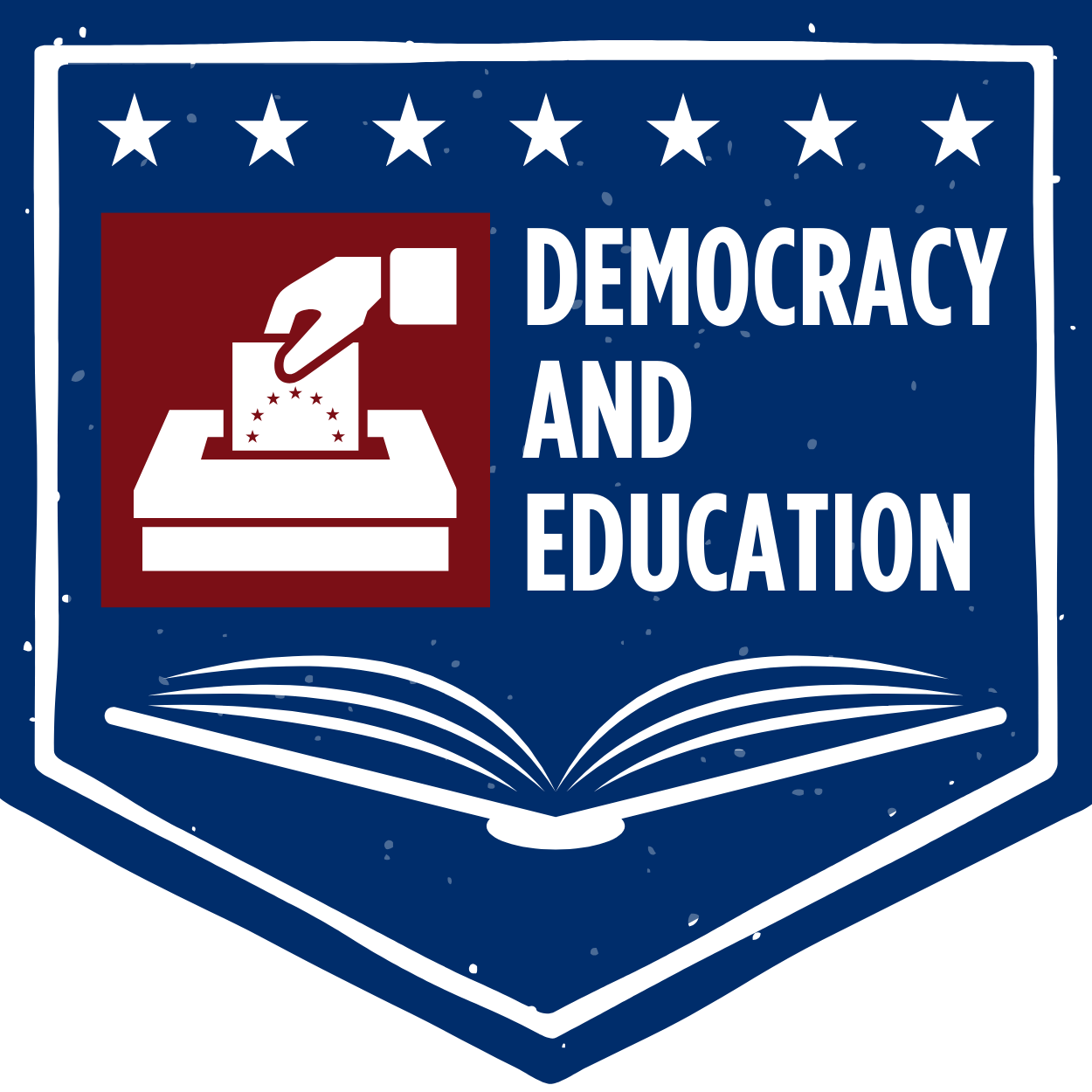Reading Instruction
What School Board Candidates Need to Know
Photo by Redd F from Unsplash
Overview
We know how to teach the vast majority of children to read. While a few will seem to learn to read easily with little instruction, most children need the help of a trained teacher. The fact that so many children are still not strong readers means many schools and districts are not fully using the knowledge developed over decades of research.
In recognition of this problem, many states and districts have recently said that teachers should incorporate the “science of reading.” By this they often mean that teachers should provide structured instruction in “decoding” or “phonics” so that children hear the 44 sounds of the English language and learn which letters and letter combinations represent those sounds. But the science of reading means much more. It also means building children’s vocabulary and background knowledge by providing a rich curriculum of history, geography, science, and the arts, including literature, as well as structured instruction in writing across the curriculum.
What to Look for in Your School District
Data: Start with third-grade reading data. If children don’t know how to read well by third grade they often run into serious problems. That isn’t because they are incapable of learning to read after third grade, but schools rarely have the expertise to help older children. After third grade, students transition from learning to read. Instead, they are reading to learn.
Every state department of education reports reading and math test scores by school and district for third through eighth grades and one time in high school. Sometimes the data is difficult to find, but it exists. Go to “assessment results,” or “district profiles.” Look at the district’s overall results and see if they have been going up or down over the years. How has your district fared during the pandemic? Look at results by subgroup: children from low-income families versus children from more affluent families and African American students versus white students, for example. If your district has disparities, ask what the district is doing to address them and how it is measuring its progress. Also, look at the results for English language learners and ask what resources are needed to promote bilingualism and bi-literacy. (Pro tip: The Educational Opportunity Project at Stanford University has analyses of almost all districts in the country.
Note: School board members don’t choose reading programs, curricula, or professional development plans. Rather, their job is to hold the district accountable for ensuring that all children are successful and address any disparities in achievement. And they work to ensure it has the resources necessary to teach all children well.
Curriculum: Find out what curricula the district uses to teach reading and the other subjects. Ask what the plan is for teaching phonemic awareness, phonics, text-reading fluency, reading comprehension, vocabulary, spelling, and writing. If your district’s administrators talk about “leveled readers,” that is an indication that it has not incorporated the science of reading into its instruction. If they talk about reducing time for social studies, science, and the arts to create more time for basic reading instruction, they likely need to be introduced to the science of reading comprehension. If the district does not have an adopted curriculum, that is an indication that it places an undue burden on teachers to decide what to teach and risks inconsistency across classrooms.
Stories:
Talk with teachers. Do they have the time to reflect on the performance of their students and address gaps in their knowledge? Do they have enough textbooks and large, inviting classroom libraries?
Talk with parents. Are their children learning to read–and to love reading?
Talk with principals: Do they have the resources they need?
Possible Message to Voters
We need to ensure our schools are following the research and providing our teachers with the knowledge and materials they need in order to teach children how to read. When there are districts that demonstrate that they can help all children to read, it is unacceptable for us to have large numbers of children not meeting reading standards.
For More Information:
The American Federation of Teachers in collaboration with WETA has a website about reading, Reading Rockets and a corresponding॔ bi-lingual site for educators and families of English language learners, Colori॔n Colorado. More resources are here.
Mark Seidenberg reviews the reading research in Language at the Speed of Sight. Education Week ran a series of stories on recent changes in reading instruction here.
Cognitive scientist Daniel Willingham created a series of blogs and videos including this: Teaching Content is Teaching Reading. For more, read any of his books.
The Knowledge Matters Campaign has information about the importance of a knowledge-rich reading curriculum.
Researcher Alfred Tatum focuses on teaching African American boys in Reading for Life.
Reading researcher Nell Duke and science writer Barbara Taylor provide research-based advice for educators in Handbook of Effective Literacy Instruction.
Researcher Tim Shanahan delves deeply into teachers’ questions about reading in his blog.
Reporter Emily Hanford of American Public Media produced a series of podcasts on reading instruction that helped create a national sense of urgency around improving reading instruction.
The podcast ExtraOrdinary Districts by The Education Trust focused on reading instruction in Season 2. And in Season 4, episodes 12, 15, 16, 17, and 18 focused on reading and featured, among others, Tim Shanahan, Alfred Tatum, and Nell Duke, cited above.
Districts That Succeed by Karin Chenoweth has examples of districts that succeed in teaching just about every student to read.
Reading Science: Staying the Course Amidst the Noise by Esther Quintero of the AFT’s Albert Shanker Institute has a good analysis of some of the pushback to “Science of Reading” and how to address it.

